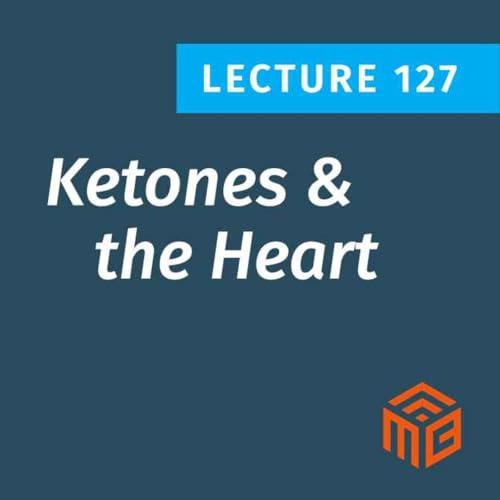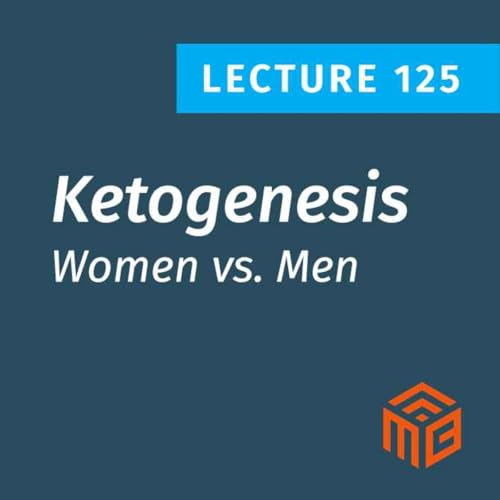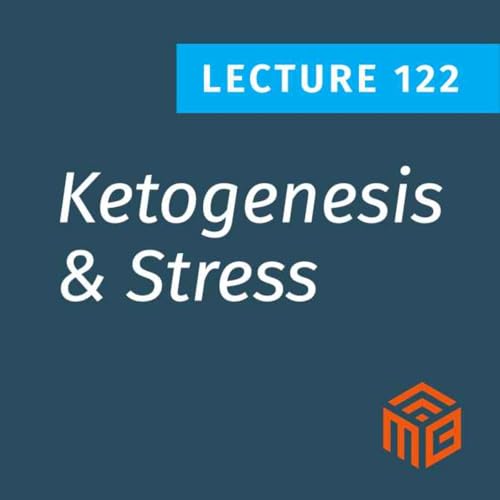📢 Dr. Bikman’s Community & Coaching Site, Insulin IQ: https://insuliniq.com
📢 Become an Insider, Ben’s website: https://www.benbikman.com
In this Metabolic Classroom lecture, Dr. Bikman explores the often-overlooked but metabolically vital glycocalyx—a carbohydrate-rich layer coating nearly every cell in the human body. Far from being just a structural feature, the glycocalyx influences nutrient absorption, immune response, vascular function, inflammation, and even how fat cells grow and behave.
Ben explains how this sugar-rich matrix is built from glycoproteins and glycosaminoglycans and how it's found in tissues like the gut, blood vessels, and fat cells, each playing unique roles. In the gut, it controls nutrient permeability and helps block pathogens. In blood vessels, it regulates nitric oxide release, controls protein leakage, and reduces the risk of clotting or atherosclerosis. And in fat cells, it influences cell growth, fuel handling, and inflammation.
Importantly, metabolic dysfunction—especially hyperglycemia—can severely damage the glycocalyx. While internal glucose helps build it, high glucose levels outside cells act like a “demolition crew,” triggering oxidative stress, inflammation, and glycation, all of which degrade this critical barrier.
Ben urges us to keep blood glucose in check, not only for insulin balance but also to protect this unsung hero of cell biology. The glycocalyx is a gatekeeper for metabolic health, and its degradation may be one root cause of diseases like diabetes, leaky gut, atherosclerosis, and insulin resistance.
Show Notes/References:
For complete show notes and references, we invite you to become an Insider subscriber. You’ll enjoy real-time, livestream Metabolic Classroom access which includes live Q&A with Ben after the lecture, Dr. Bikman’s “Digital Mind”, ad-free podcast episodes, show notes and references, and online, live Office Hours access with Ben. It also includes Ben’s Weekly Research Review Podcast, and a searchable archive that includes all Metabolic Classroom episodes. Learn more: https://www.benbikman.com
IMPORTANT NOTE: The information presented is not intended to be a substitute for professional medical advice, diagnosis, or treatment. Dr. Bikman is not a clinician—and, he is not your doctor. Always seek the advice of your own qualified health providers with questions you may have regarding medical conditions.
Hosted on Acast. See acast.com/privacy for more information.
 26 mins
26 mins 24 mins
24 mins 27 mins
27 mins 19 mins
19 mins 25 mins
25 mins 21 mins
21 mins 27 mins
27 mins 22 mins
22 mins

